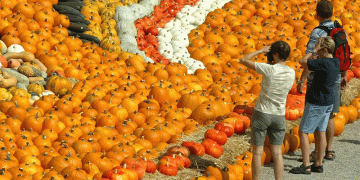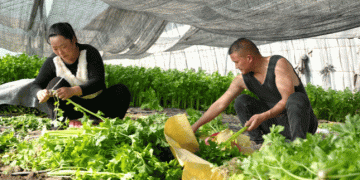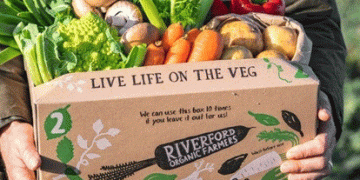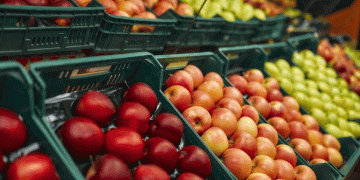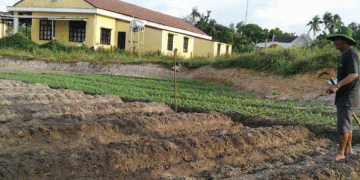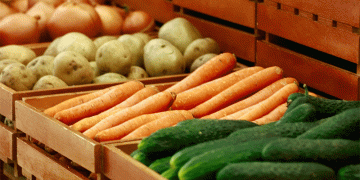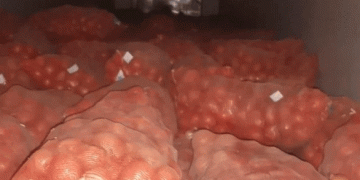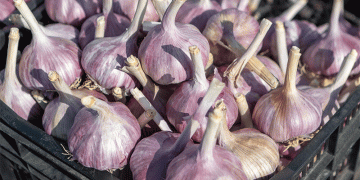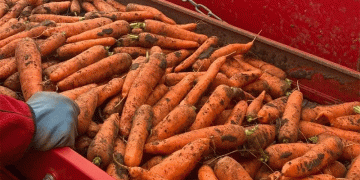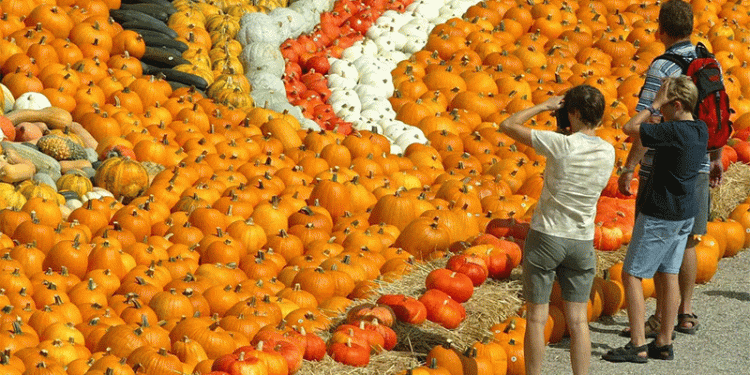While many regions celebrate their agricultural heritage, the city of Ludwigsburg, Germany, has transformed the humble pumpkin into a global spectacle. Hosting the world’s largest pumpkin festival, the event features 450,000 gourds from 600 different varieties, creating an unparalleled display of horticultural diversity and artistic ingenuity. For farmers, agronomists, and agricultural engineers, the Ludwigsburg festival is not merely a seasonal attraction; it is a powerful case study in how to build a world-renowned agricultural brand that drives tourism, educates the public, and creates a premium market for specialty crops.
The sheer scale of the event is its first masterstroke. By showcasing 600 varieties, the festival does more than create a visual spectacle—it serves as a living library and a massive public education platform on cucurbit biodiversity. This exposure is invaluable for the seed industry and specialty growers, as it cultivates consumer interest in unique shapes, colors, and flavors beyond the standard jack-o’-lantern. This aligns with a growing consumer trend. A 2023 report by Food Tank highlighted that consumer education on agricultural biodiversity is a key driver for the success of niche farms and heirloom varieties, creating markets that value uniqueness over uniformity.
Furthermore, the festival brilliantly merges agriculture with art and entertainment. The “astonishing, sometimes monumental sculptures” crafted from pumpkins elevate the gourd from a simple commodity to a medium for high-profile artistic expression. Unique events like pumpkin boat regattas generate massive media attention and social media buzz, positioning the festival as a must-see international event. This model of “agri-entertainment” is a proven economic driver. While specific figures for Ludwigsburg are guarded, a study by the European Council for the Village and Small Town (ECOVAST) found that major rural festivals can generate tens of millions of euros in regional economic impact through tourism, hospitality, and vendor sales.
The festival also creates a direct and premium sales channel for producers. The well-stocked local market and tasting events allow growers to connect with consumers who are primed to appreciate and pay for quality and diversity. This transforms the consumer’s perception of a pumpkin’s value, from a cheap seasonal decoration to an object of art, culture, and culinary exploration.
The Ludwigsburg Pumpkin Festival offers a transformative vision for the agricultural sector. It demonstrates that the value of a crop is not fixed but can be exponentially increased through creativity, scale, and strategic storytelling. The key lessons for agricultural stakeholders are:
- Diversity is a Draw: Cultivating and showcasing a vast array of varieties can create a unique, defensible market position.
- Experience is Everything: Integrating art, competition, and interactive elements transforms a farm product into a memorable destination event.
- Build a Brand, Not Just a Business: By becoming “the” global pumpkin destination, Ludwigsburg has secured long-term tourism revenue and elevated the profile of its entire agricultural community.
For any region or large farm looking to diversify, the message is clear: stop thinking only about yield per acre, and start thinking about the stories you can grow and the experiences you can harvest.
